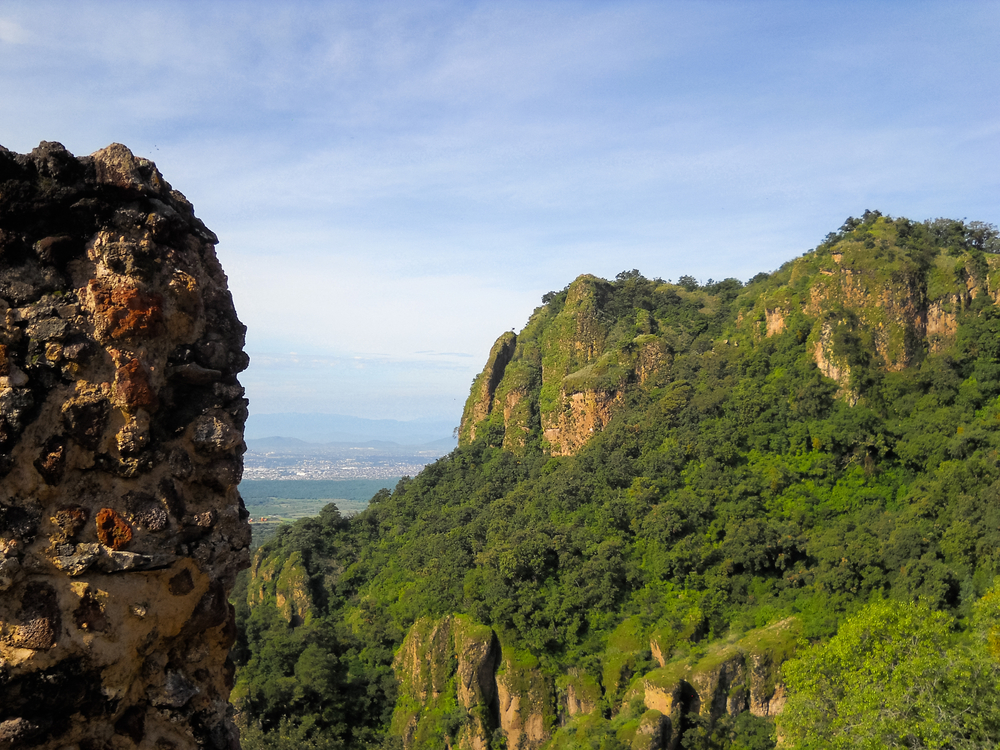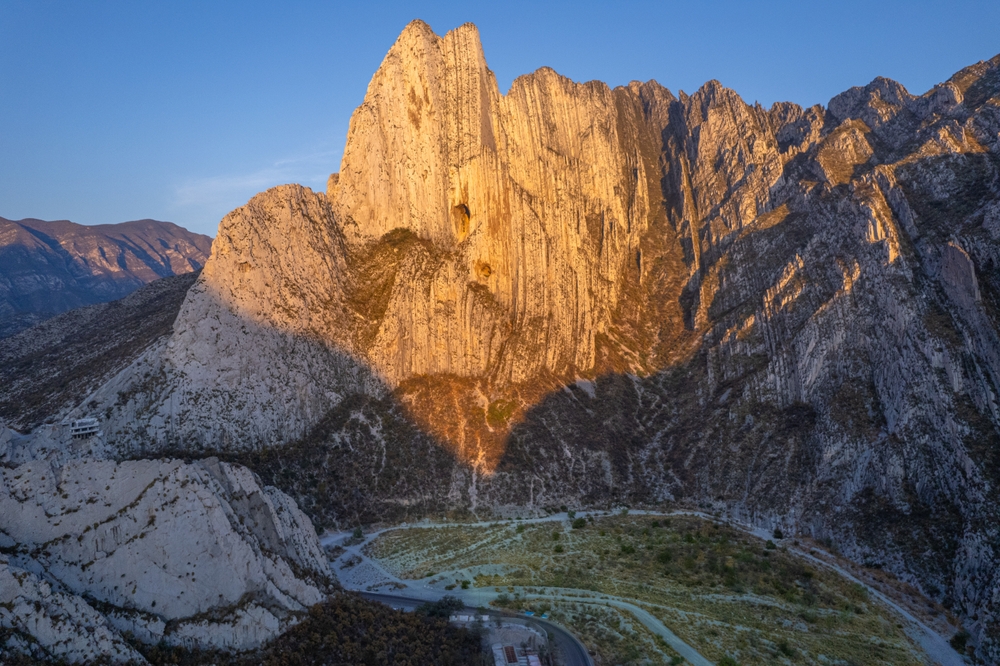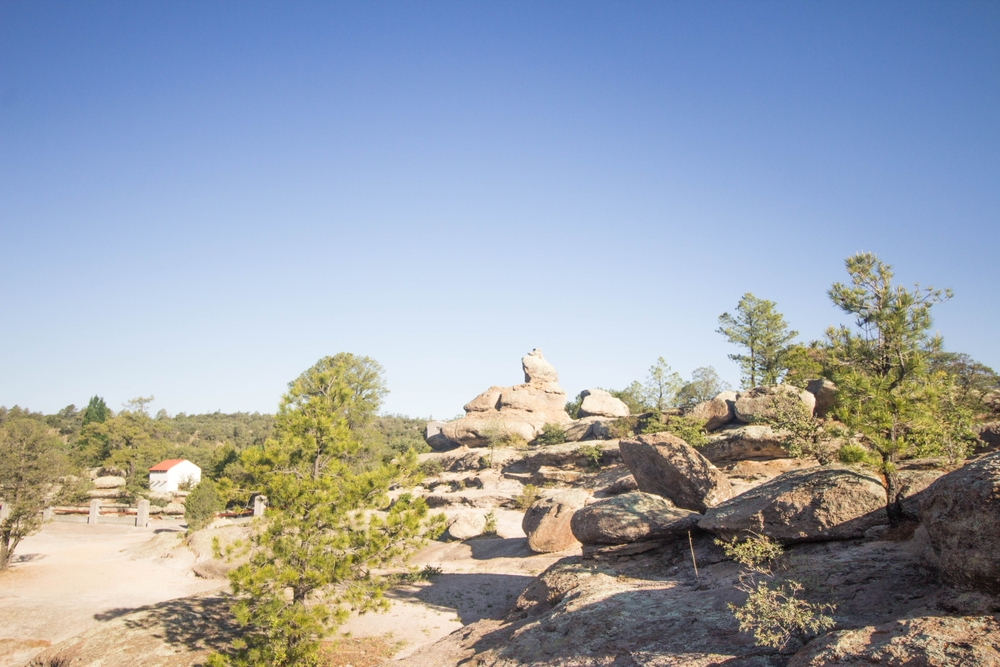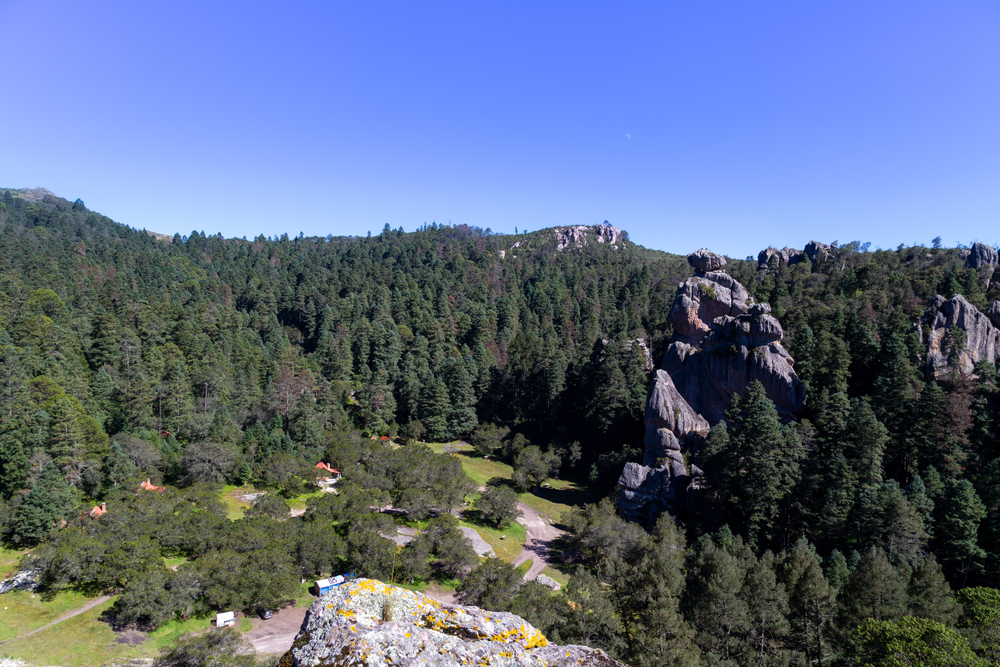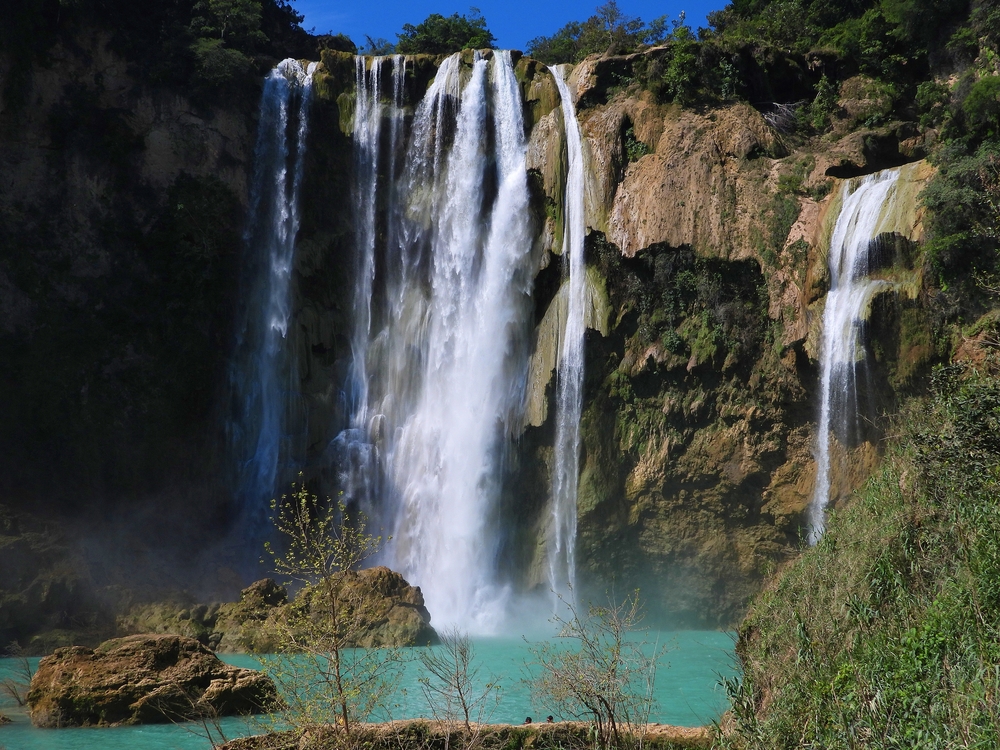El Tepozteco Natioal Park Overview
El Tepozteco National Park, or Parque Nacional El Tepozteco, is located in the state of Morelos, Mexico, covering an area of approximately 93.48 square kilometers (36.1 square miles). Situated near the town of Tepoztlán, the park is known for its rugged terrain, steep cliffs, and lush forests.
The park’s name comes from the Tepozteco Pyramid, an ancient Aztec temple perched atop a hill, offering stunning panoramic views of the surrounding valleys. The mountainous landscape is part of the Sierra del Chichinautzin, characterized by deep ravines, towering rock formations, and dense oak and pine forests, which thrive in the high-altitude environment.
The park is home to a diverse range of wildlife, making it an important ecological zone. Mammals such as white-tailed deer, lynxes, and coatis can be spotted roaming through the forests, while smaller creatures like armadillos and opossums are commonly seen near the trails.
The park is also a haven for birdwatchers, with species such as the elegant trogon, peregrine falcon, and various types of hummingbirds frequently sighted among the trees. Reptiles, including iguanas and rattlesnakes, also inhabit the region, benefiting from the park’s warm climate and rocky terrain.
One of the most popular attractions in the park is the Tepozteco Pyramid, which sits atop a steep hill and draws visitors seeking both cultural and natural experiences. The hike to the pyramid is a challenging but rewarding trek, with breathtaking views along the way.
The ruins, believed to have been dedicated to the god Tepoztecatl, are an important archaeological site and add a historical dimension to the park’s appeal. The park is also known for its scenic hiking trails, which lead through forests, past waterfalls, and up rocky inclines, providing an immersive outdoor adventure for visitors.
Visitors engage with the park primarily through hiking and exploring its scenic landscapes. The trek to the Tepozteco Pyramid is one of the most well-known routes, but other trails allow for a deeper exploration of the natural environment.
Birdwatching, photography, and camping are also common activities, as the park’s diverse wildlife and stunning scenery make it an ideal spot for nature enthusiasts. Local guides often offer tours that provide insights into the region’s flora, fauna, and cultural history, adding depth to the visitor experience.
Conservation efforts in El Tepozteco National Park focus on protecting its rich biodiversity and preserving its archaeological heritage. The park faces challenges such as deforestation, illegal logging, and the impact of tourism on fragile ecosystems.
However, local conservation programs have been implemented to promote sustainable tourism, educate visitors, and regulate development within the park. Community initiatives and environmental organizations play an active role in maintaining the ecological balance, ensuring that the park remains a sanctuary for wildlife and a cultural landmark for future generations.








































































